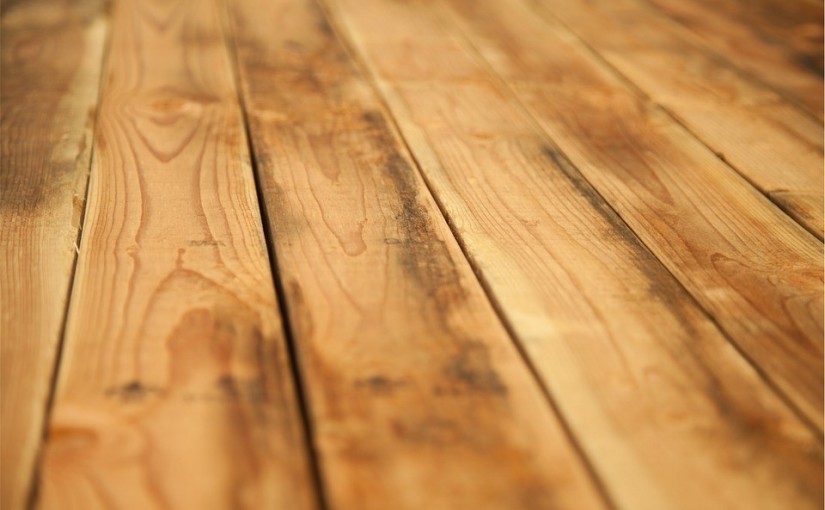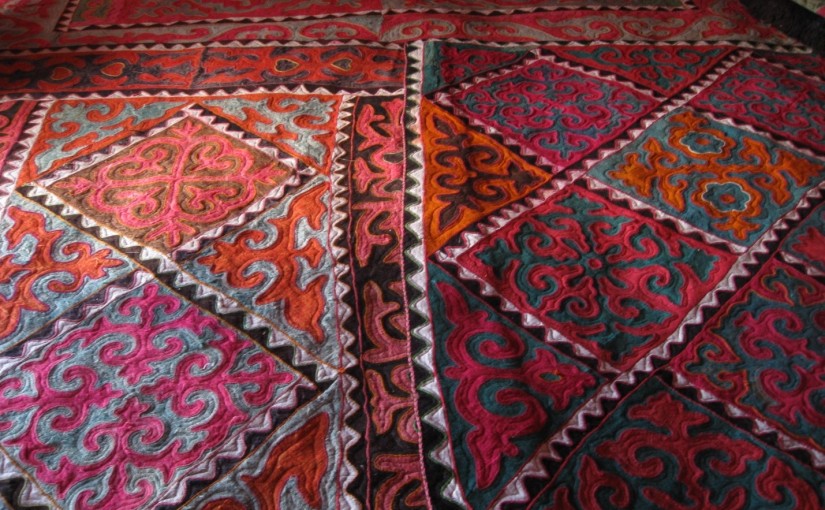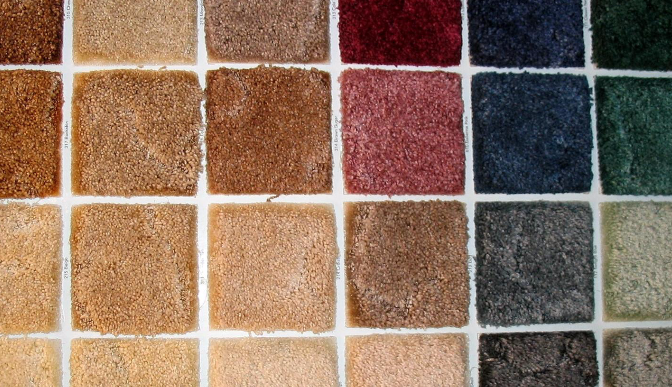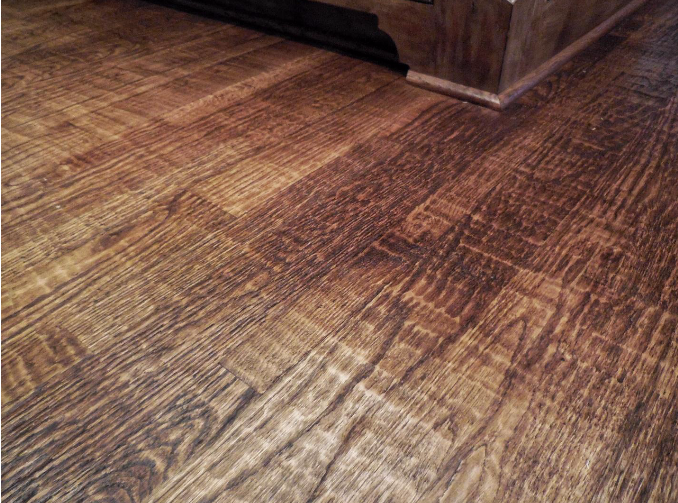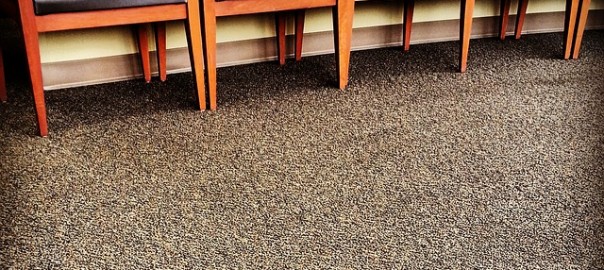When looking into hardwood floors, one of the hardest parts of the maintenance is learning to keep the scratches and scruffs to a minimum. Beautiful hardwood floors can be worn down by heels, pets, and furniture that is placed on them. Learning to maintain their hardwood floors is going to be one of the most important aspects of hardwood floor ownership for a homeowner.
Interior designers and homeowners alike realize the importance of beautiful hardwood floors in a home. Not knowing how to properly maintain a hardwood floor is unfortunate, and many homeowners have no idea how to go about removing the scratches from their hardwood floors. The wood used in making hardwood floors is dense, and although that makes them long lasting, it also means that the scratches can be hard to remove. Here are a few tips on removing the scratches from hardwood floors that are in homes.
Tips on Removing Scratches from Hardwood Floors
When to Use Sandpaper
Even those who have been sanding for a while may not be aware of all the benefits of using sandpaper on floors. Sanding down a wood floor blends in the scratch with the rest of the floor, and sanding should be done when the scratch is deeper and it is unable to be hidden with markers, crayons, or pens that are similar to the color of the wood of the floors. When sanding, remember to sand WITH the grain, going long-wise if the grain is as well.
Hide Scratches with Crayons and Markers
This is not the most ideal way to hide scratches, but for small ones that are isolated, using a similar color of crayon, colored pencil, or Sharpie could be an efficient and inexpensive way to remove the appearance of the scratch or scuff and help blend it in with the rest of the flooring!
Use a Walnut
Similar to sandpaper, walnuts are very adept at removing scratches from wood floors. Run the walnut along the whole length of the scratch, and the natural oils from the walnut will seep out into the scratch and help to blend it in with the rest of the floor. After rubbing the walnut across the scratch, leave the oils to soak for several minutes before rubbing across the scratch with a lint-less cloth. Voila! It is finished.
Premixed Wood Filler
While wood filler does not permanently fill gaps, it does do a good job of hiding small holes and scratches on the floor. Wood filler does do a good job of temporarily filling gaps that are in the wood floors, so when there are problems, that is going to be a good place to start. The moral of the story is that when it comes to hardwood floors, wood filler makes an excellent temporary fix. In the long run, it will be best to replace the board(s).
Call a Professional
There are times when doing it yourself just isn’t a luxury you have. The appearance of the hardwood floors in a home is very important, and much of the time it is more efficient to simply call a professional. There are many contractors and specialists who specialize in the repair of hardwood floors. For help in finding a reputable hardwood floor repairman, simply contact the interior design firm or hardwood floor distributor that installed the hardwood floors. At certain times, it may be best to go ahead and have a portion of the flooring replaced. In times like that, it is best to speak with a professional.
Interior Designers and homeowners all realize the great benefits of having hardwood floors that are pristine and sleek, void of scratches or marks. Accidents do happen and scratches can occur, so when installing hardwood floors in a home be sure to look into how to properly maintain the floors and remove the scratches and scuffs. For those who are looking into commercial flooring, residential flooring, and hardwood floors – get in contact with Lane Sales, Inc. today at 800-731-3483!
